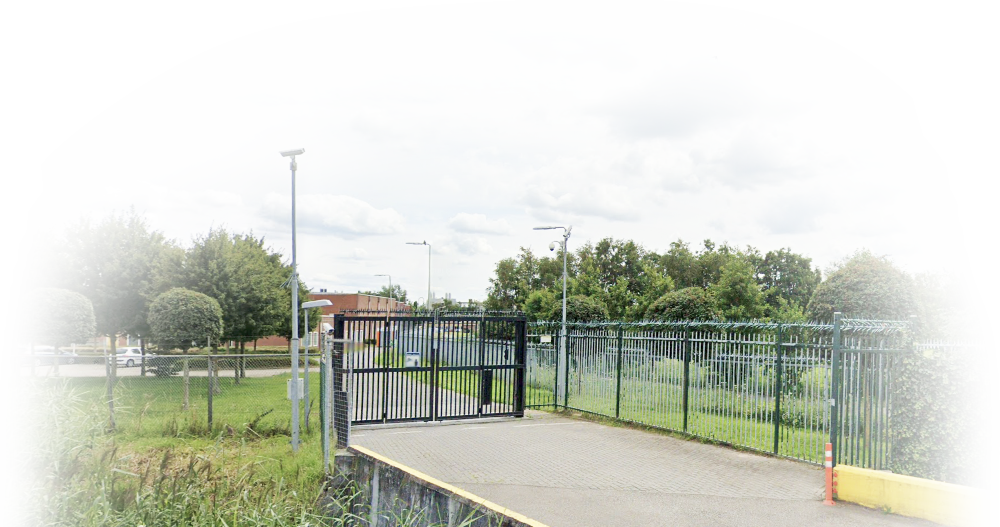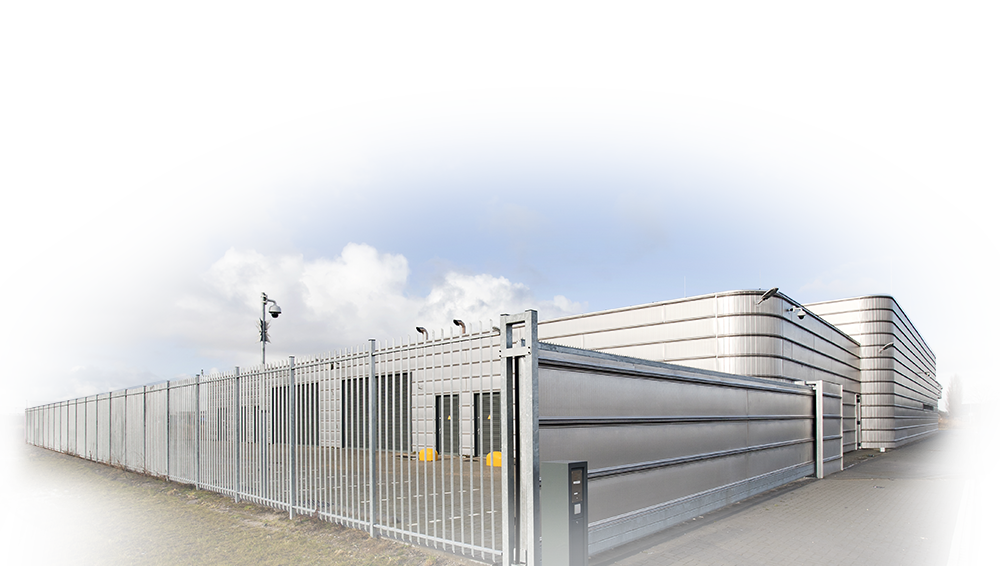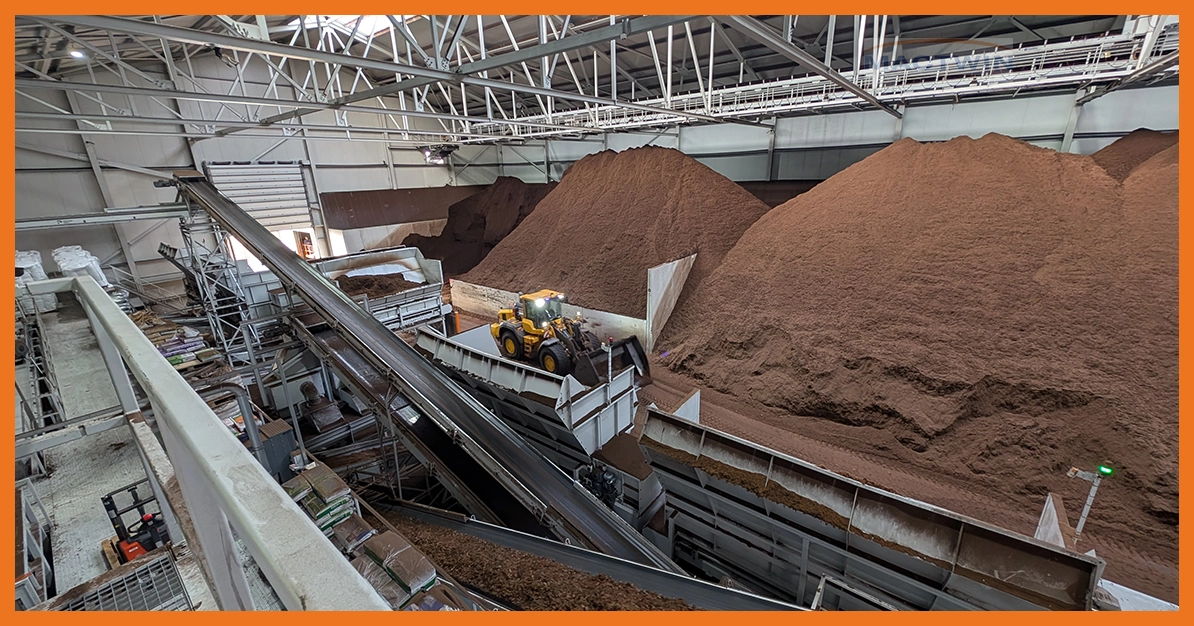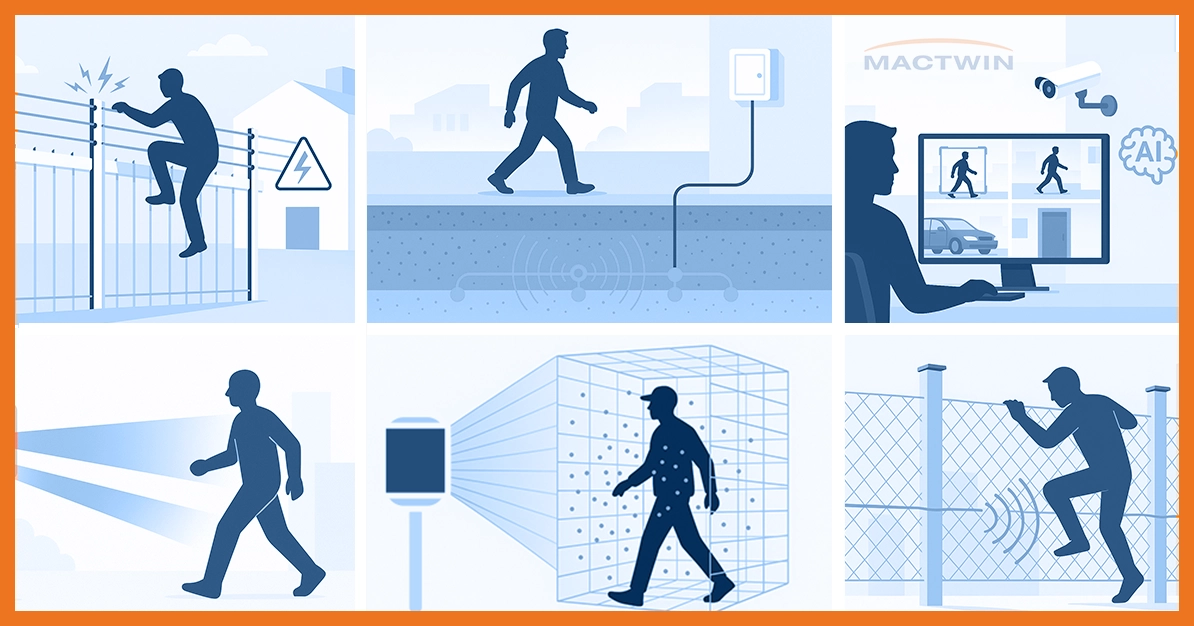A fence or barrier is used to regulate or prevent access to the area behind it. However, there are quite a few considerations you need to make… When do you place a barrier or fence on your premises? And what type of fencing best suits your risks and objectives? What is the role of the fence in my overall security and access control? And also important: what does a fence do to the visitor journey?
What Can You Expect from a Fence?
To delay the attack path of individuals, we can apply fencing. A fence should be applied in such a way that it provides sufficient deterrence against:
- Breaking through with tools
- Digging underneath
- Climbing over.
Uniquely, Mactwin can apply certified fencing up to a comparable class of Rc4/Rc5 and even Rc6. Fencing combined with vehicle barriers is also possible. However, in many cases, we project the vehicle barrier well in front of the fence line. This makes it impossible to attack the fence with a vehicle or to place people over the fence with a vehicle.
We offer modern solutions to remotely control access and allow individuals and drivers to register independently, without security officers at the gate, verify their identity, and match it with a visitor list or schedule of expected vehicles.
Applications of Fencing and Similar Barriers
Everything depends on your risks, desires, and ambitions. In its most accessible form, a fence is nothing more than a demarcation of your premises. Think of low fencing or, in the same capacity, a natural boundary such as a hedge or other greenery. This clearly, yet unobtrusively, indicates that someone is now on your premises. This includes low fences or, for example, a coarse mesh fence.
Higher level of security
Do you want a higher level of security? Then you work on limiting and regulating the flow of people and vehicles to your premises to better facilitate the process behind the fence. By more tightly regulating access, detection certainty increases. Fences often become a size higher and enclose the premises better.
High Secure Applications
If you go one security level higher, you want to prevent unauthorized people from gaining access to your premises. This active deterrence of people and vehicles already means that the fence must be set in concrete rather than earth to prevent digging and withstand a ram attack. This civil engineering work is an important aspect of the work (and the costs). The anti-climb protection can be reinforced; for example, with concertina (so-called razor-wire), spikes, rotating point combs, or electric fence protection (so-called power fence). Your fence can also be equipped with fence detection, so your control room or alarm center immediately sees if someone touches, climbs, or sabotages the fence. Reinforced forms of a palisade fence or steel mesh fence are popular choices, as well as fully electric fences.
Balance and Coherence
Of course, there are nuances between these three security levels. Especially with high secure applications, the relationship of the fence to the other security measures is of utmost importance. Initially, we think of balance and coherence with the
If you are not dealing with these kinds of issues daily, you quickly lose the overview. Our experts oversee the big picture and the details and can advise you at every step; starting with a Master Plan. Here, just like with our Polygon Security Methodology, your premises are systematically divided into zones, and a package of measures is established for each zone and transition. Entirely in line with your risks, desires, and ambitions.

Standardization of Fencing
Mactwin is a knowledge-based company. We invest significant energy in acquiring, sharing, and securing knowledge about explosion protection; both within our organization and externally. This is reflected in the expertise and dedication with which our experts implement your solution.
In the Netherlands, there is no specific standardization for fencing. However, fencing generally falls under the overarching European standardization NEN EN 13241-1, which we therefore use as a basis. For penitentiary institutions, there are specialized solutions tested according to their own procedure. However, a standardized product says nothing about the quality of your overall deterrence. We ensure that all measures are built in balance and coherence with each other, so you can always provide the resistance and delay that is important for your organization. Want to know how we go further where the standardization stops? Feel free to contact us.
Resistance Class of Fencing
The United Kingdom is a bit further ahead than we are in the Netherlands regarding standardization and resistance classes; they have the LPS 1175, which has a classification from SR1-SR6. This corresponds to the known resistance classes for doors. These resistance classes are somewhat similar to the resistance classes RC1-RC6 defined in the European EN 1627, but they also differ here and there. Therefore, it is extra important that your measures are tailored to your specific circumstances.
Depending on your risk profile, we choose together with you the resistance class that your situation requires and that fits your ambition.




